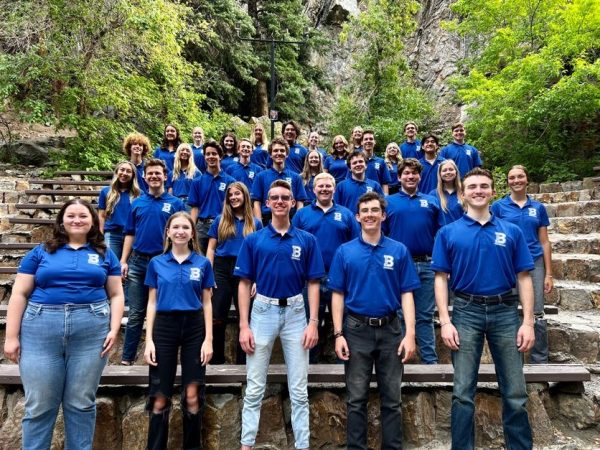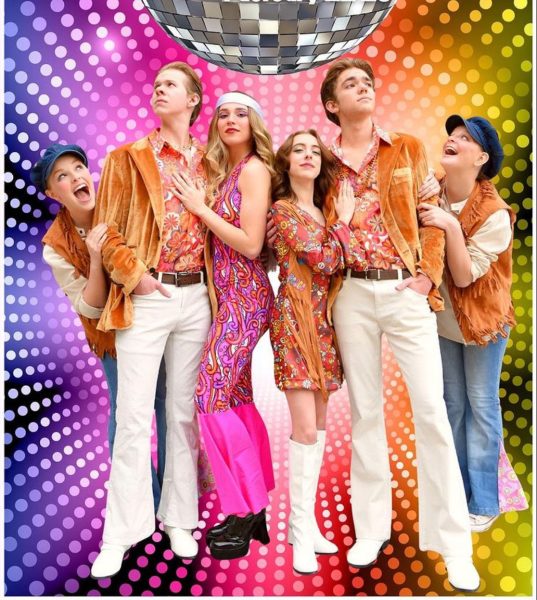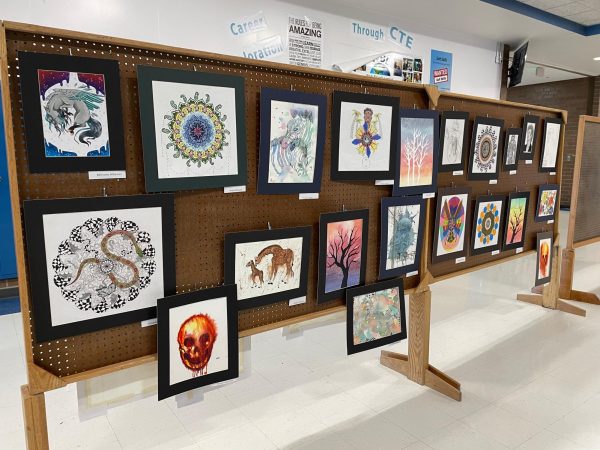History of Super Smash
The Super Smash Bros. video games have become widely played around the world, and its development over the years has been astonishing. From the Nintendo 64 Super Smash Bros. released in 1999 to the Super Smash Bros. for Wii U released in 2014, many changes have been made.
The overall concept of Super Smash Bros. will always remain the same: damage your opponent to a high percentage, and then launch them off the stage to receive a KO and potential victory (the higher the percentage the further launch). The character selection over the years has widened greatly, and the game is known to be a melting pot of characters from several individual games.
In 1999, the N64 Super Smash Bros. was released, and was such a success in Japan that it hit international stores. The starting characters include Mario, Link, Samus, Yoshi, Fox, Kirby, Pikachu, and Donkey Kong. As the game progressed, players could unlock Luigi, Ness, Captain Falcon, and Jigglypuff. All of the characters playable in the N64 version have been included in following releases of the game.
Three years later, Super Smash Bros. Melee was released for the GameCube console, and it instantly became a fan favorite. The game was the best-selling GameCube game. Worldwide competitions became part of the game, as it was enjoyed by gamers around the world. The character selection had additions to the original 12, which included Bowser, Dr. Mario, Falco, Ganondorf, Ice Climbers, Marth, Mewtwo, Mr. Game and Watch, Peach, Pichu, Roy, Sheik/Zelda, and Young Link.
In 2008, Super Smash Bros. Brawl hit stores and quickly became popular. It received multiple perfect scores from video game critics. The game featured a dual-disk for the Wii console as there were many new game modes, like the adventure mode called The Subspace Emissary. New characters included Diddy Kong, Pokemon Trainer (Charizard, Ivysaur, and Squirtle), Ike, King Dedede, Lucario, Lucas, Meta Knight, Olimar, Pit, R.O.B., Snake, Sonic, Toon Link, Wario, Wolf, and Zero Suit Samus. Characters that were taken off the roster from Melee were Dr. Mario, Mewtwo, Pichu, Roy, and Young Link.
Brawl did not disappoint fans, but it disappointed some gamers because they liked the physics better in the N64 and GameCube versions. Most experienced gamers stuck with the GameCube controller for Brawl as well, as the Wii Remote doesn’t have a default C-Stick (which makes attacks easier to perform without mixing up jumping and tilt moves). In fact, gamers developed Project M, which is a loophole through the Wii’s SD card information that restores Melee’s gameplay and speed on the Brawl software.
The latest edition of the series was released in late 2014 called Super Smash Bros. for 3DS as well as for Wii U. A lot of people bought a Wii U console just to play the game. The roster was even further expanded, with new characters such as Bowser Jr. (playable as other Bowser characters), Dark Pit, Duck Hunt, Greninja, Littlemac, Lucina, Mega Man, Mii Fighters, Pac-man, Palutena, Robin, Rosalina and Luma, Shulk, Villager, and the Wii Fit Trainer. Characters that were removed from the Brawl list include Ice Climbers, Ivysaur and Squirtle, Lucas, Snake, and Wolf. Dr. Mario made a comeback after being taken off the Brawl list, and Mewtwo is available as a DLC character.





